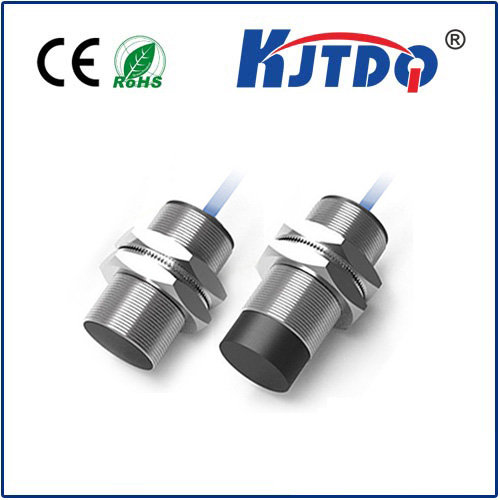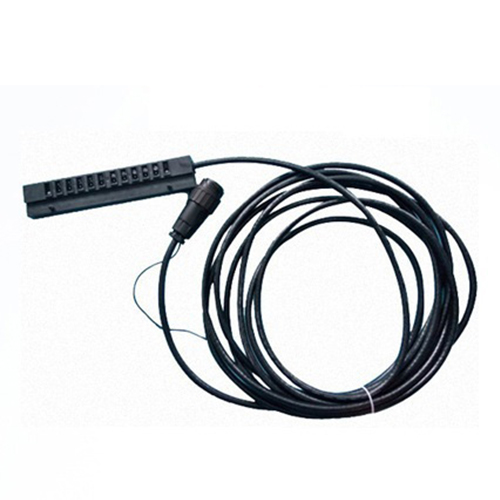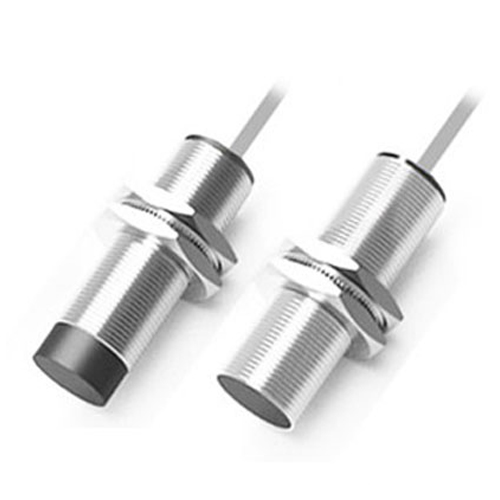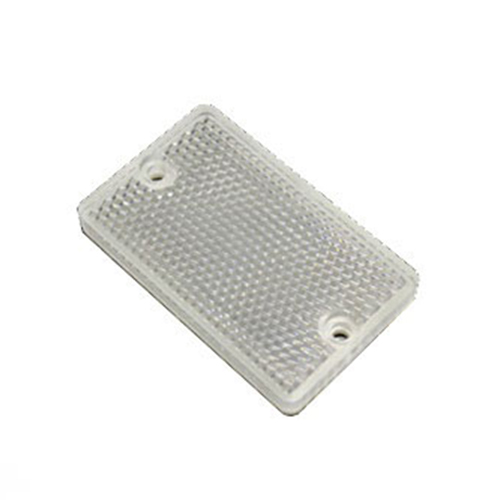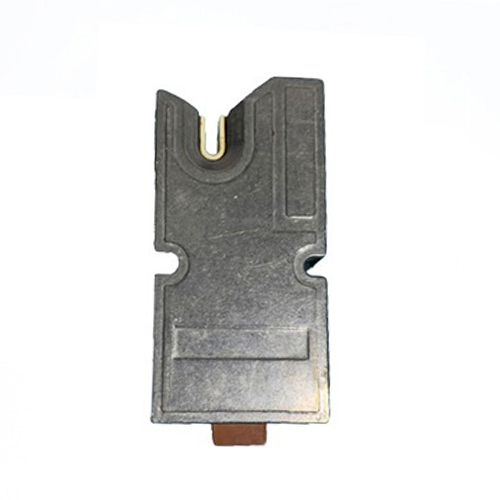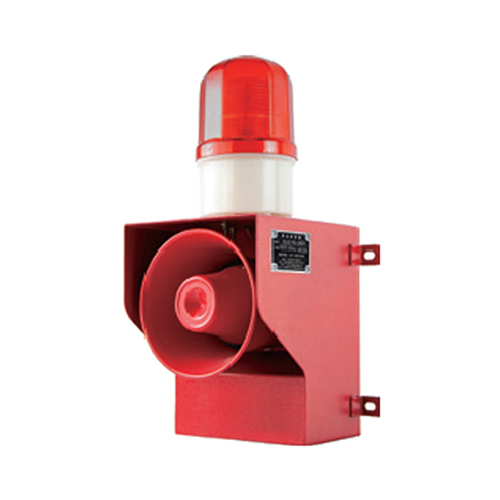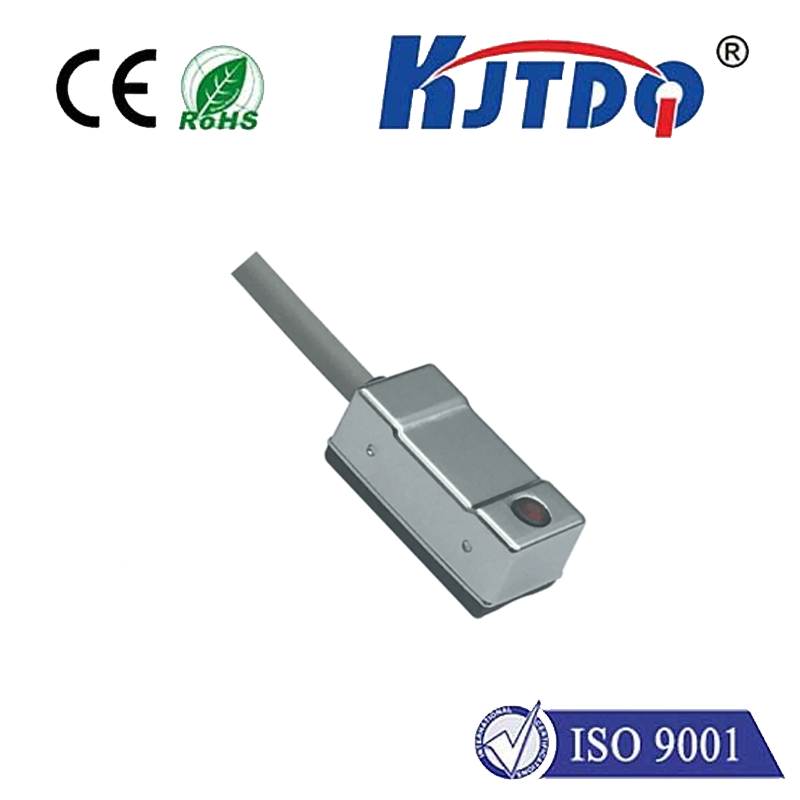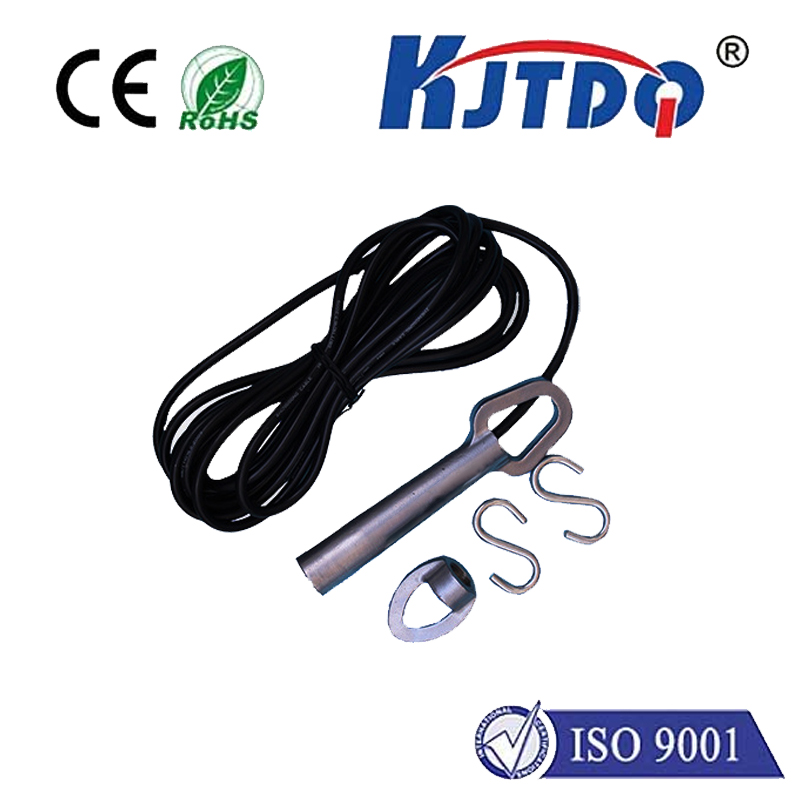
The Magic of the Laser Proximity Sensor and Its Wide Array of Applications In various fields of automation, detection technology is a key component for ensuring precision and efficiency. The laser proximity sensor stands out as an advanced technology with its excellent performance and wide range of applications. A laser proximity sensor is a type of sensor that uses laser technology to measure distance without contact. It emits a laser beam towards the target object, and when the beam hits the object, it is reflected back to the sensor. By calculating the time it takes for the light to travel to and from the object, or by analyzing the phase shift of the laser beam, it can accurately determine the distance between the sensor and the object. This measurement method not only offers high accuracy but also provides fast response speed, making it suitable for dynamic environments. One of the primary application areas of the laser proximity sensor is in industrial automation. In automated production lines, it can precisely monitor the position of components and products, such as detecting whether parts on a conveyor belt are positioned correctly. This ensures the quality and consistency of the production process, reducing errors caused by misalignment. Additionally, laser proximity sensors can be used for safety protection, such as in machine tool protective devices. When operators accidentally enter dangerous areas, the sensor can immediately detect their presence and trigger the emergency stop device to prevent accidents. In the field of robotics, laser proximity sensors play a crucial role as well. They provide accurate distance information for robot navigation and path planning. For example, in autonomous mobile robots, the laser proximity sensor helps the robot perceive the surrounding environment and avoid obstacles, enabling it to move smoothly. In robotic arm operations, the sensor precisely measures the position of objects, allowing the robotic arm to grasp or operate objects with high accuracy. The laser proximity sensor also has many applications in the field of building measurement. In large-scale construction projects, it can be used for measuring building dimensions and distances, such as the height of a wall or the length of a room. Compared to traditional manual measurement methods, the use of laser proximity sensors significantly improves measurement efficiency and accuracy, saving both time and labor costs. Moreover, in architectural decoration, it can help designers and decorators ensure precise installation of materials and decorative elements. With continuous technological advancements, the performance of laser proximity sensors keeps improving, with higher precision, faster response speeds, and greater adaptability. At the same time, their costs are gradually decreasing, making them more widely adopted in various industries. It can be said that the laser proximity sensor represents an important force driving progress in modern industry and science and technology. As technology continues to advance, its application prospects will become even broader, bringing more innovation and development to various fields.
